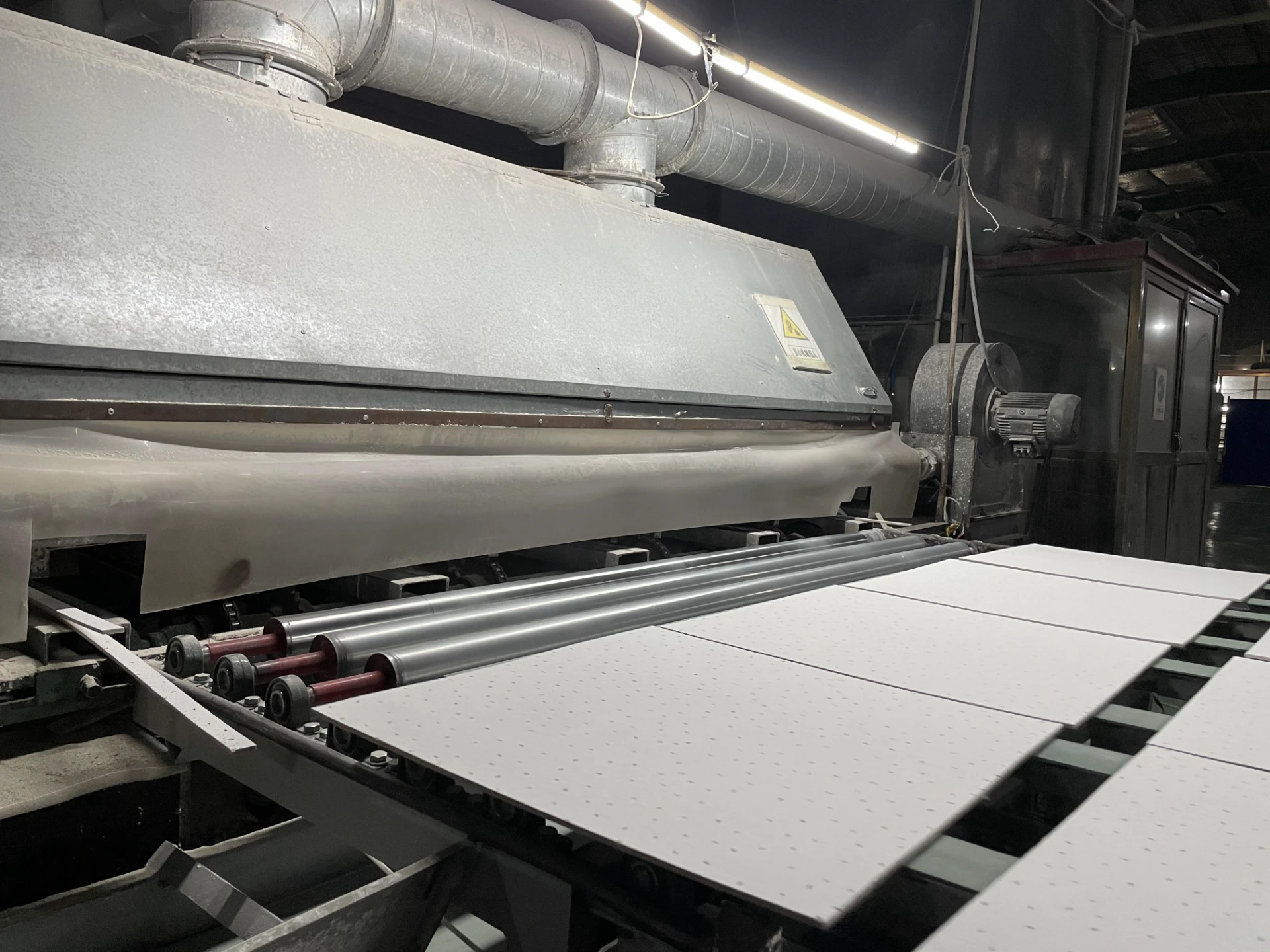10 月 . 06, 2024 01:30 Back to list
pvc vs gypsum ceiling
PVC vs Gypsum Ceiling A Comprehensive Comparison
When it comes to selecting the right ceiling material for residential and commercial spaces, the choice often narrows down to PVC (Polyvinyl Chloride) and gypsum. Both materials possess unique characteristics, offering distinct advantages and disadvantages. In this article, we will delve into the key differences between PVC and gypsum ceilings to help you make an informed decision for your next project.
Material Composition and Durability
PVC ceilings are made from a type of plastic polymer. They are known for their resilience and resistance to moisture, making them an ideal choice for areas prone to humidity, such as kitchens and bathrooms. PVC ceilings do not warp or swell when exposed to water, and they are also resistant to mold and mildew.
On the other hand, gypsum ceilings, composed primarily of gypsum plaster, are more traditional and been widely used in construction for decades. While gypsum is known for its fire-resistance properties, it can absorb moisture, leading to potential damage such as sagging or mold growth if not properly treated with water-resistant coatings. Therefore, in environments where humidity is a concern, gypsum ceilings may require additional protective measures.
Installation Process
When it comes to installation, PVC ceilings have a significant advantage. They come in panels or tiles that are lightweight and easy to handle. Installation is often a straightforward process, requiring minimal tools, which can result in reduced labor costs and time. Moreover, PVC ceilings often come with interlocking systems that allow for quick assembly, making them a popular choice for DIY enthusiasts.
Gypsum ceilings, in contrast, require more labor-intensive installation. They typically need to be screwed into a metal or wooden framework, and the process often involves additional steps such as taping and mudding seams for a smooth finish. This can lead to longer installation times and higher costs when hiring professionals.
pvc vs gypsum ceiling

Aesthetic Appeal and Design Flexibility
When it comes to aesthetics, both PVC and gypsum offer a range of design options. PVC ceilings are available in various colors, patterns, and finishes, including glossy and matte options. This versatility allows homeowners and designers to achieve modern, sleek looks, making PVC a favored material in contemporary designs.
Gypsum ceilings offer the opportunity for intricate designs and can be molded into various shapes, including coffered and tray ceilings. However, repainting and finishing gypsum ceilings can be more challenging compared to PVC, which often just requires a simple wipe clean.
Cost Considerations
In general, PVC ceilings are more cost-effective in the long run due to their durability and low maintenance needs. While gypsum might be cheaper to purchase upfront, the need for more frequent repairs and maintenance can increase overall costs over time.
Conclusion
In conclusion, choosing between PVC and gypsum ceilings ultimately depends on the specific needs and preferences of the space in question. For high-moisture environments, a modern look, and ease of installation, PVC ceilings may be the best option. However, for more traditional aesthetics and design flexibility, gypsum could be preferable. Evaluating durability, installation, aesthetics, and costs will ensure that you make the most suitable choice for your ceiling project.
-
Revolutionizing Interior Design with Ceilings t grid Suspended SystemNewsOct.29,2024
-
Revolutionizing Ceiling Design with ceiling access panel with Gypsum Tile WaterproofNewsOct.29,2024
-
Revolutionizing Interior Design with PVC Gypsum Ceiling: A Comprehensive GuideNewsOct.29,2024
-
Elevating Interior Design with High quality Mineral Fiber Ceiling TilesNewsOct.29,2024
-
Revolutionizing Interior Design with PVC Gypsum Ceiling: A Comprehensive GuideNewsOct.29,2024
-
Elevating Interior Design with High-Quality Mineral Fiber Ceiling Tiles: A Comprehensive GuideNewsOct.29,2024







